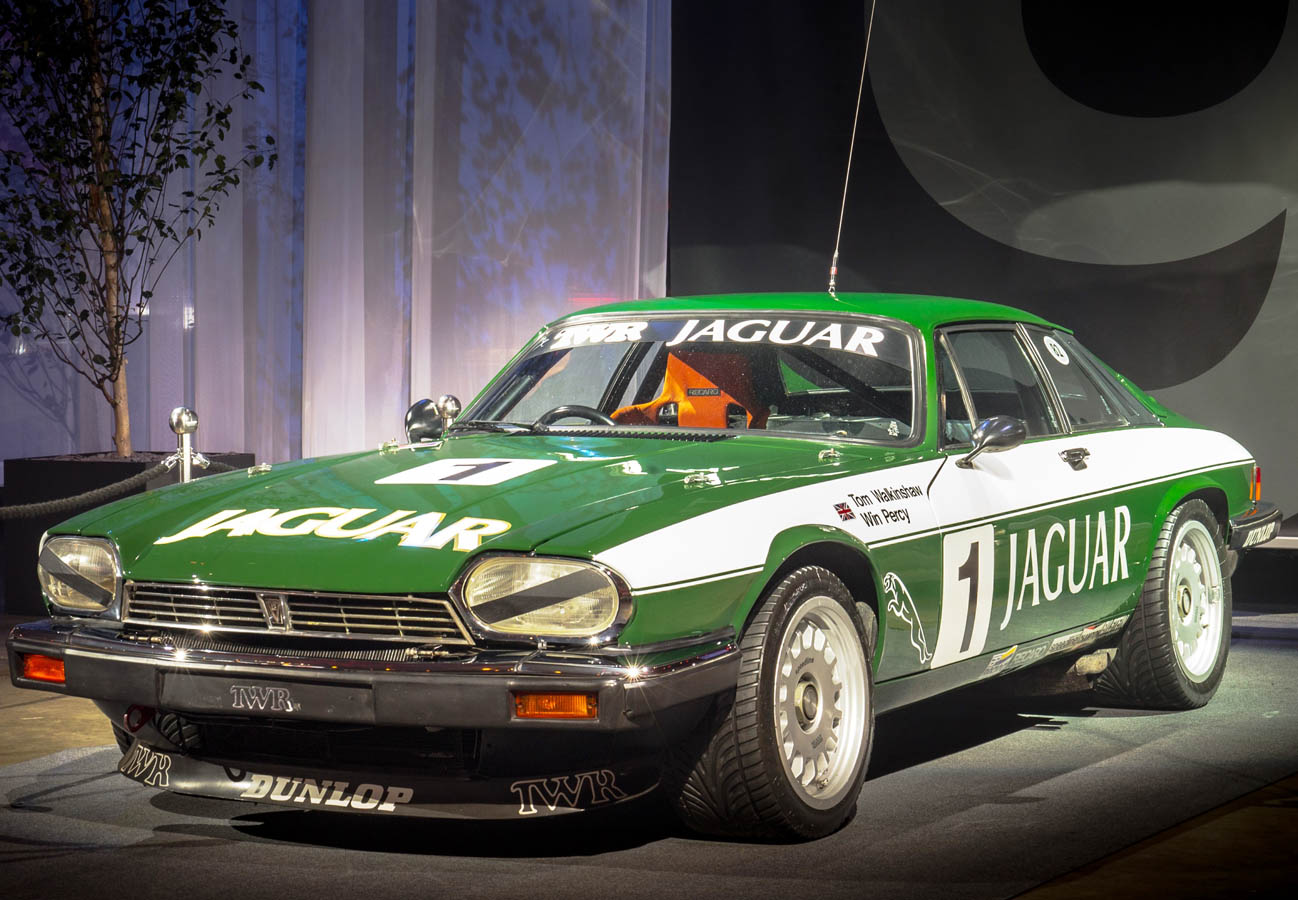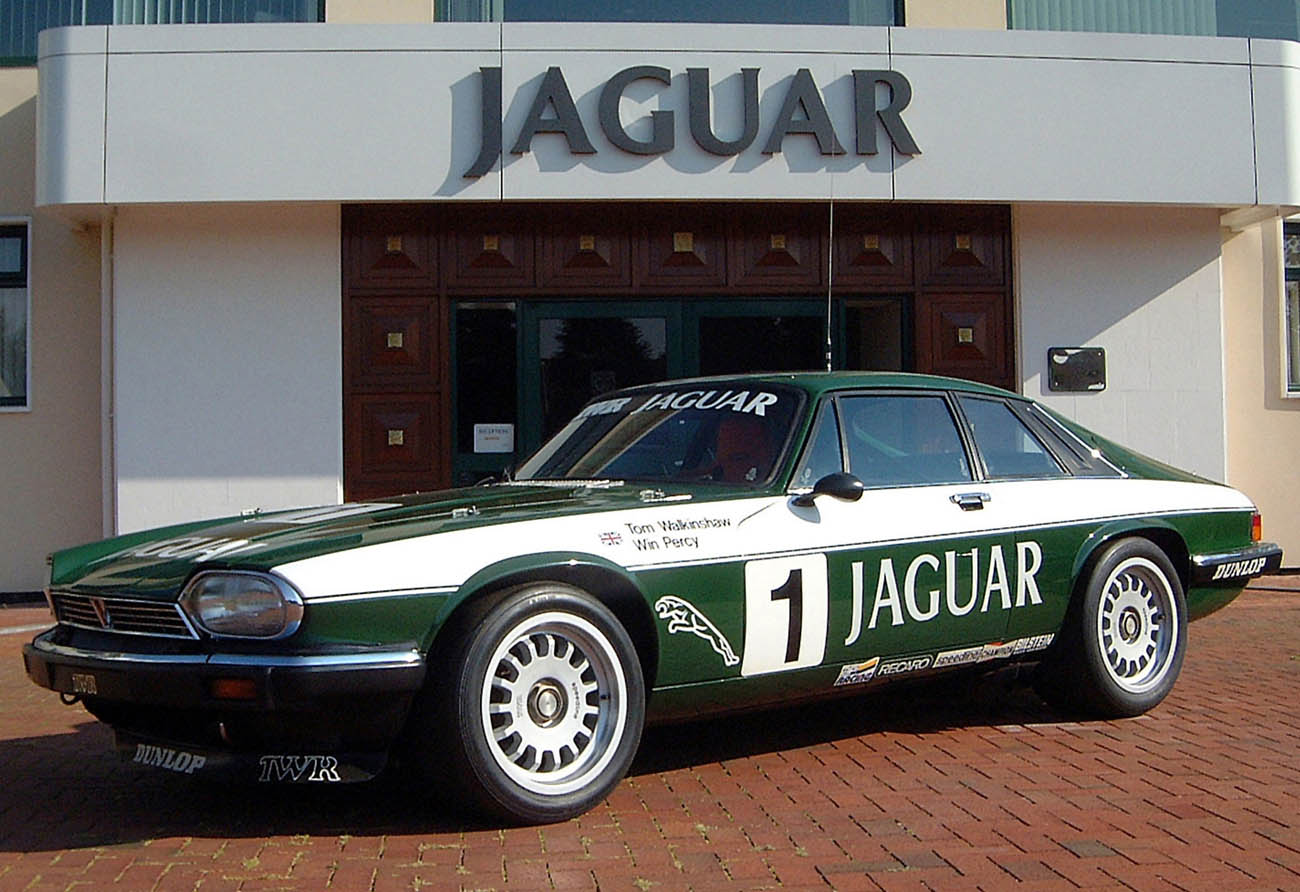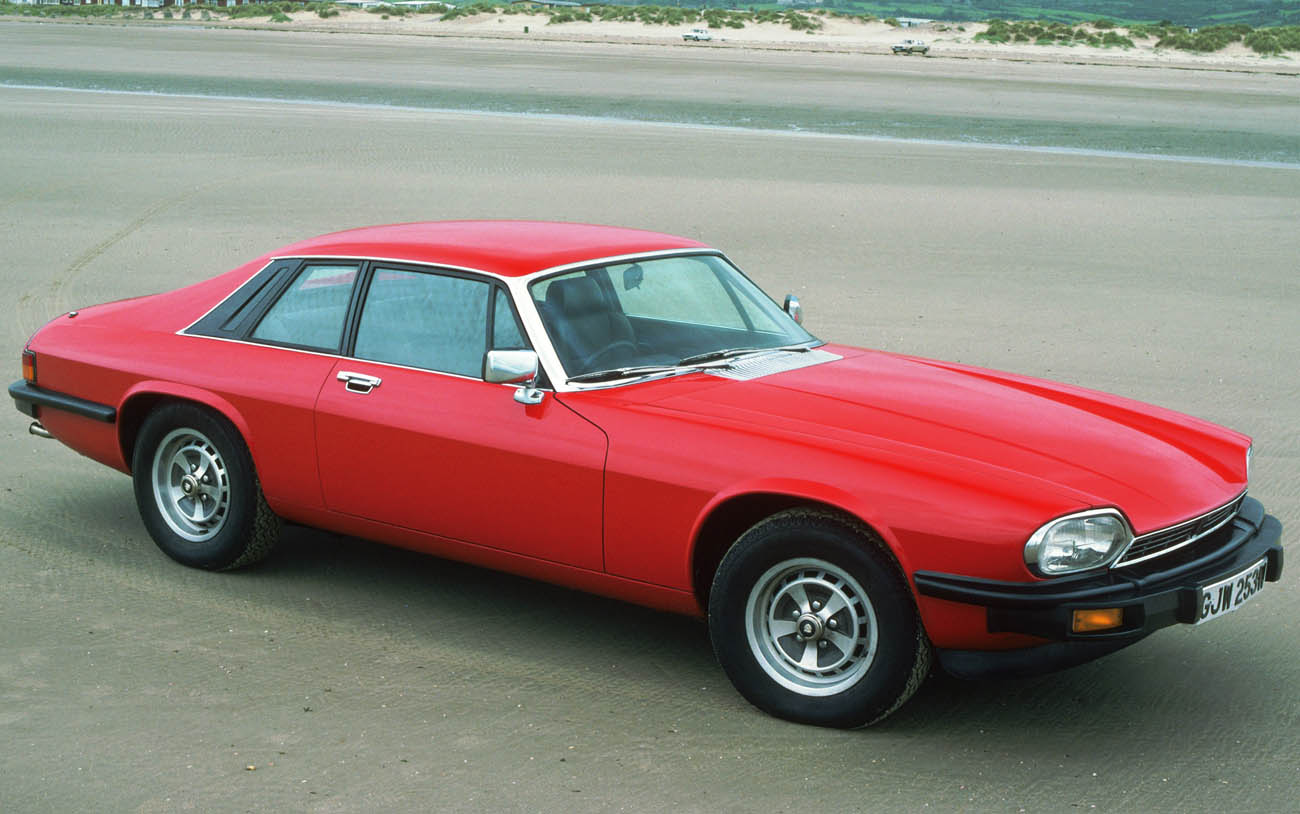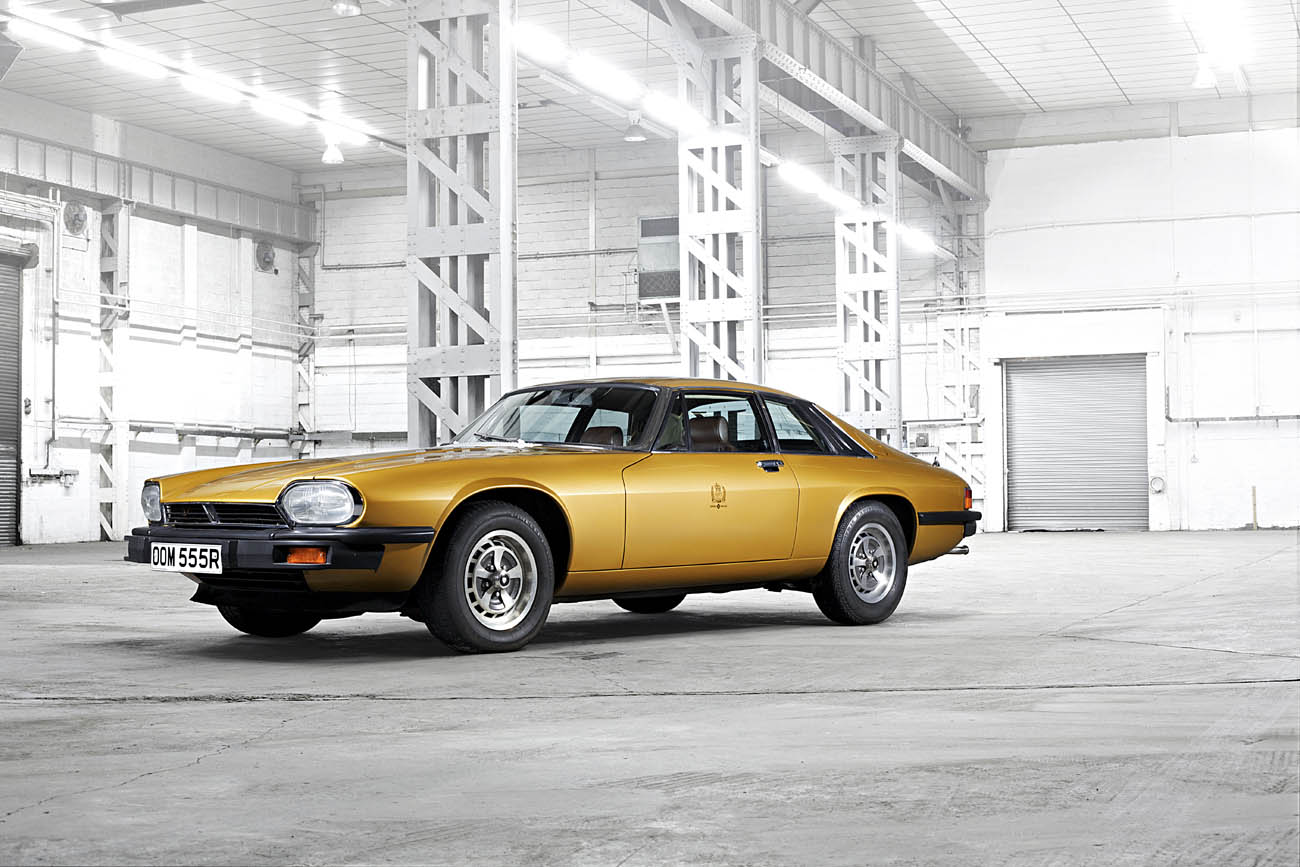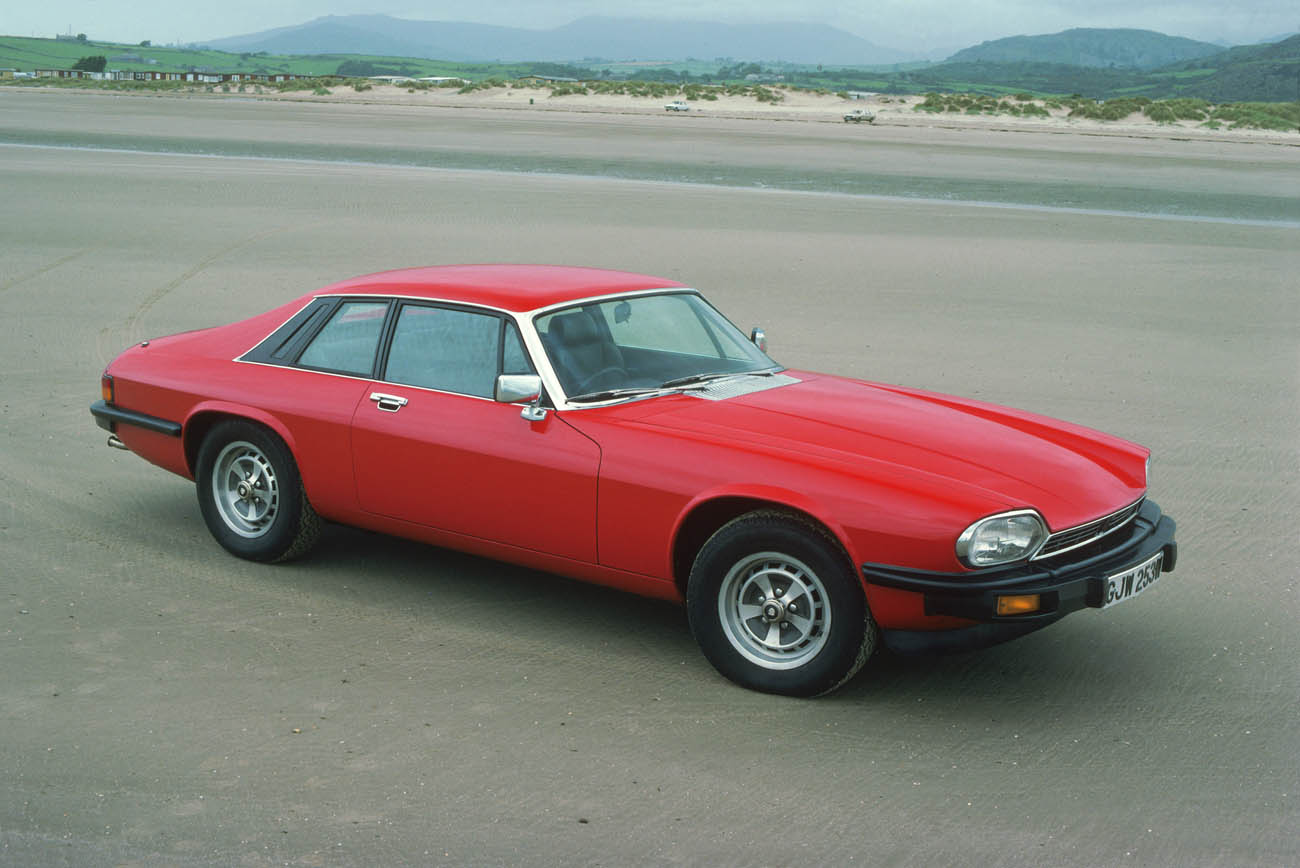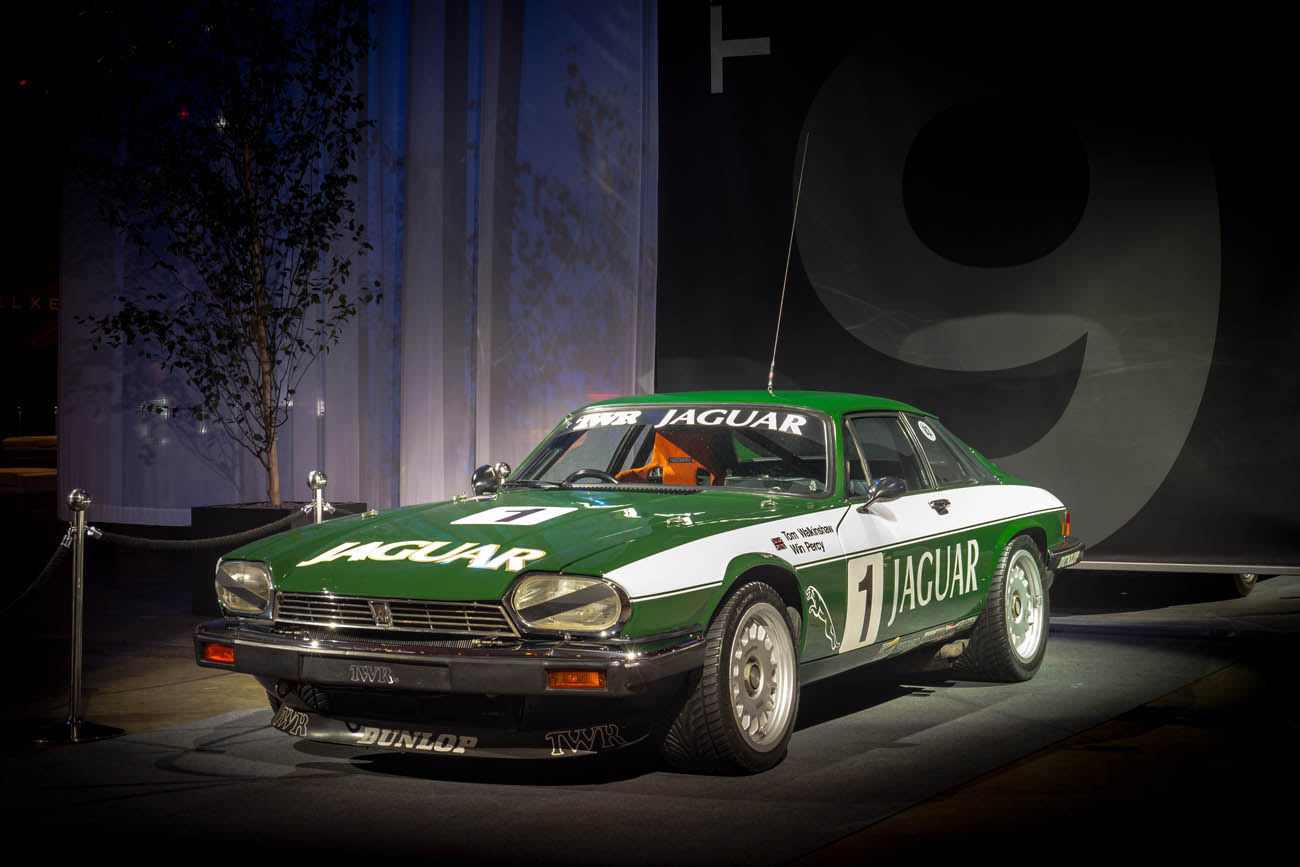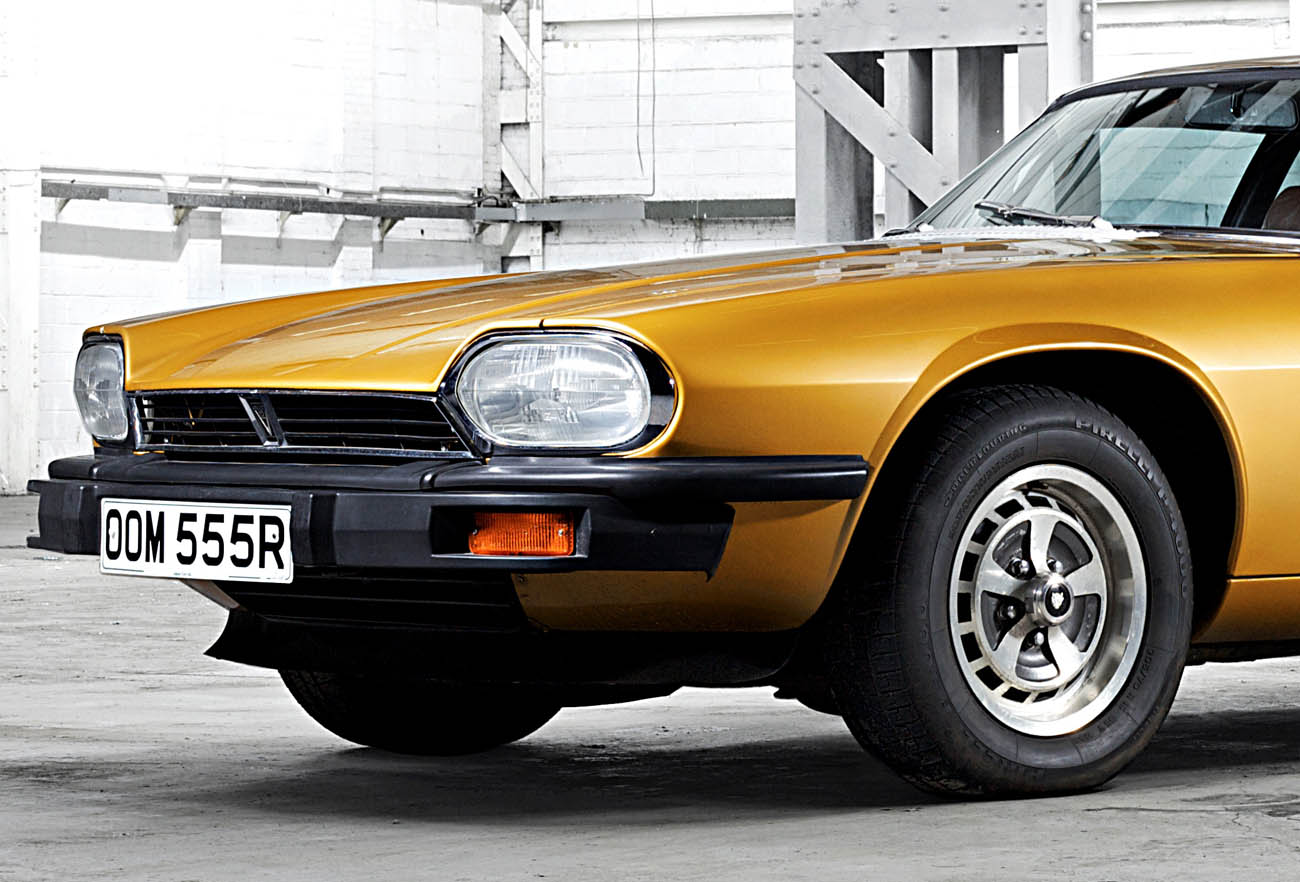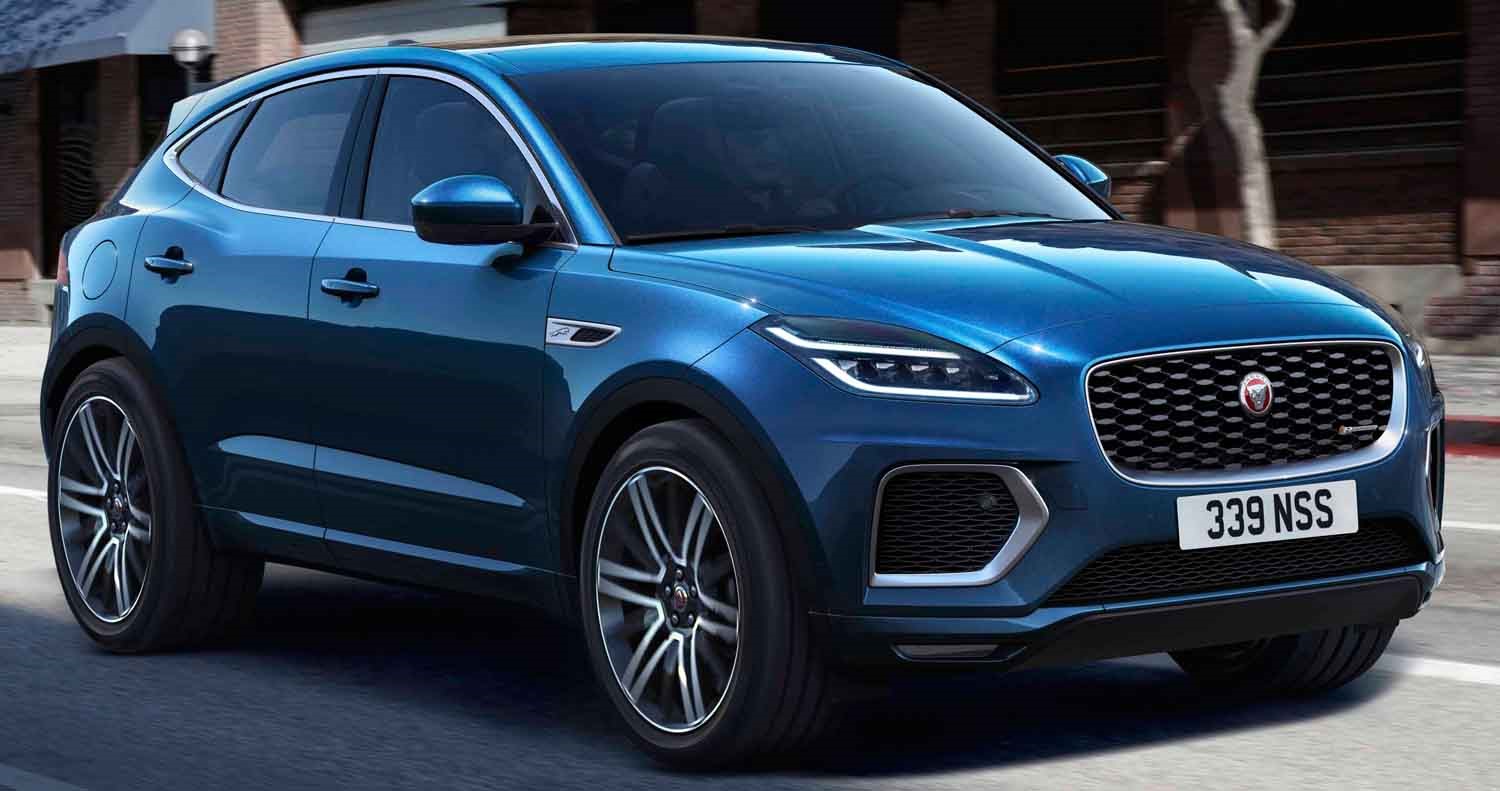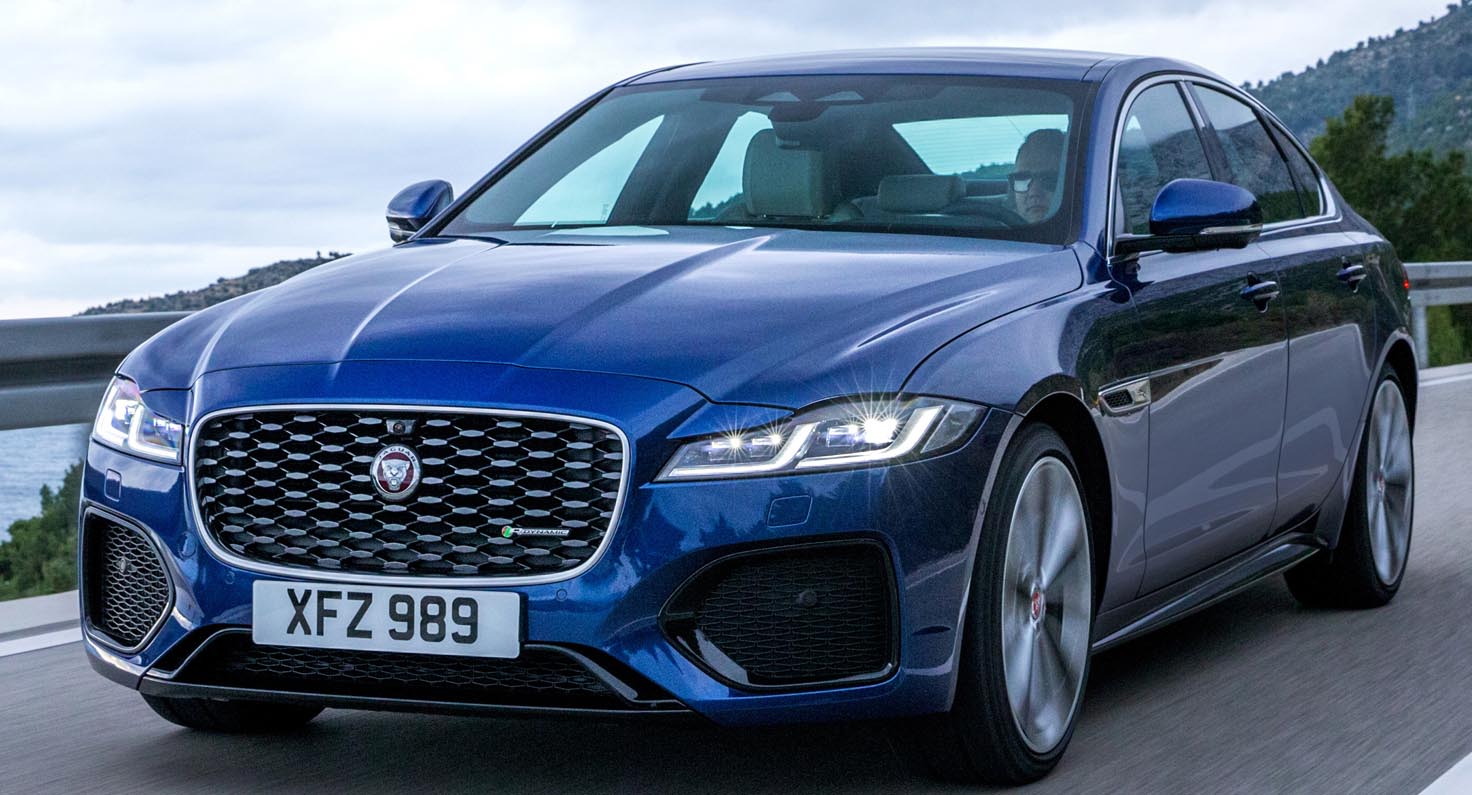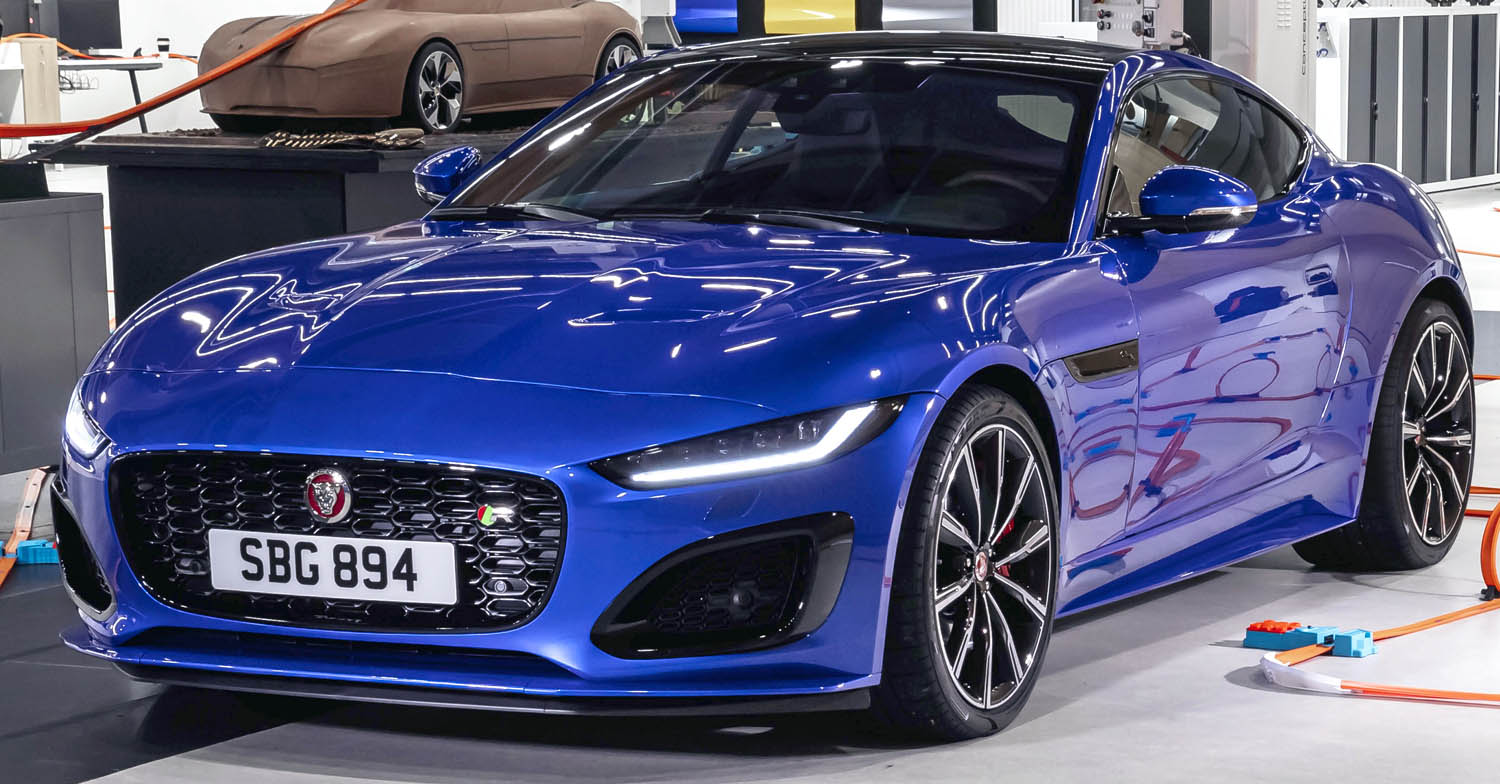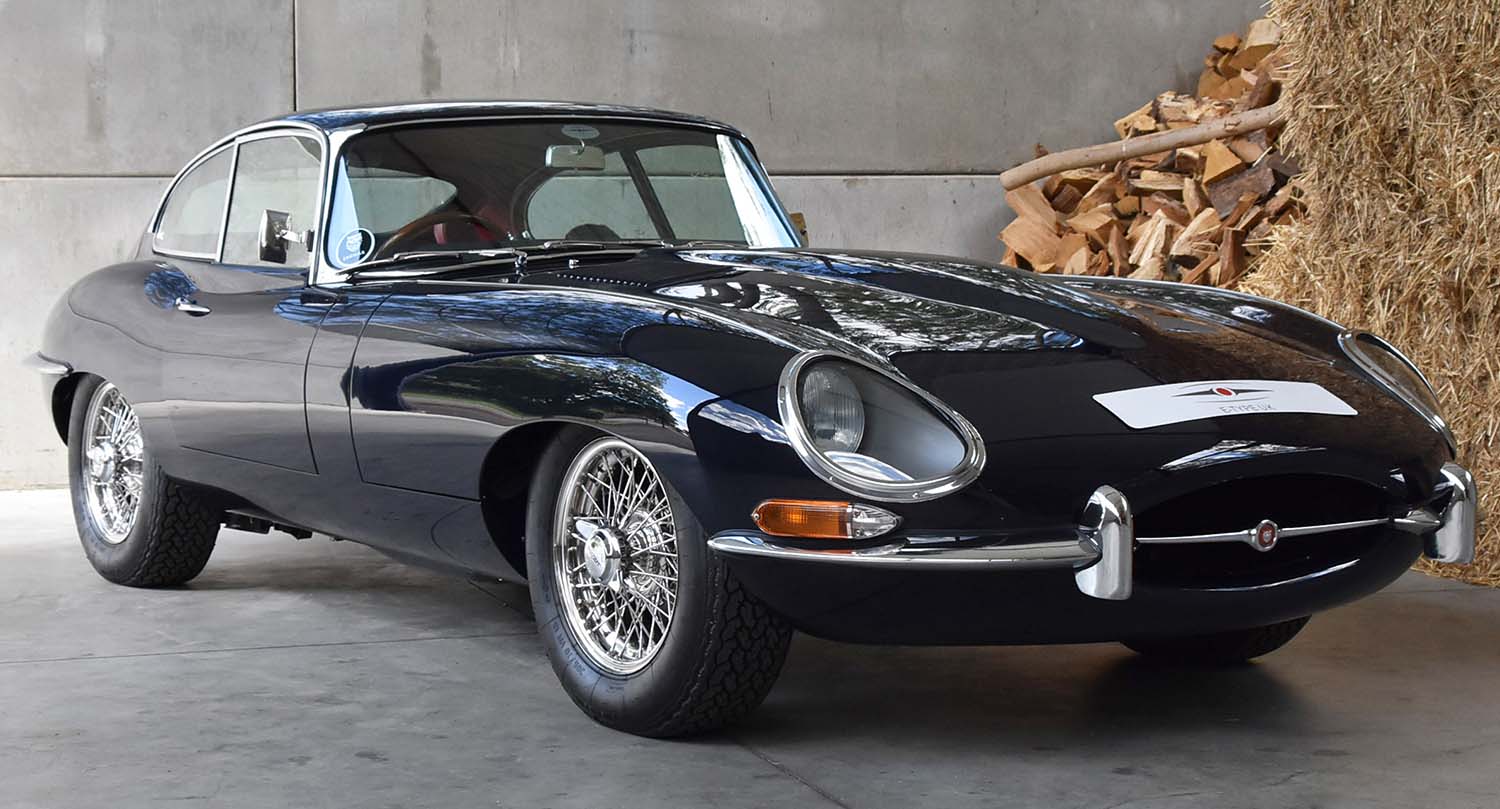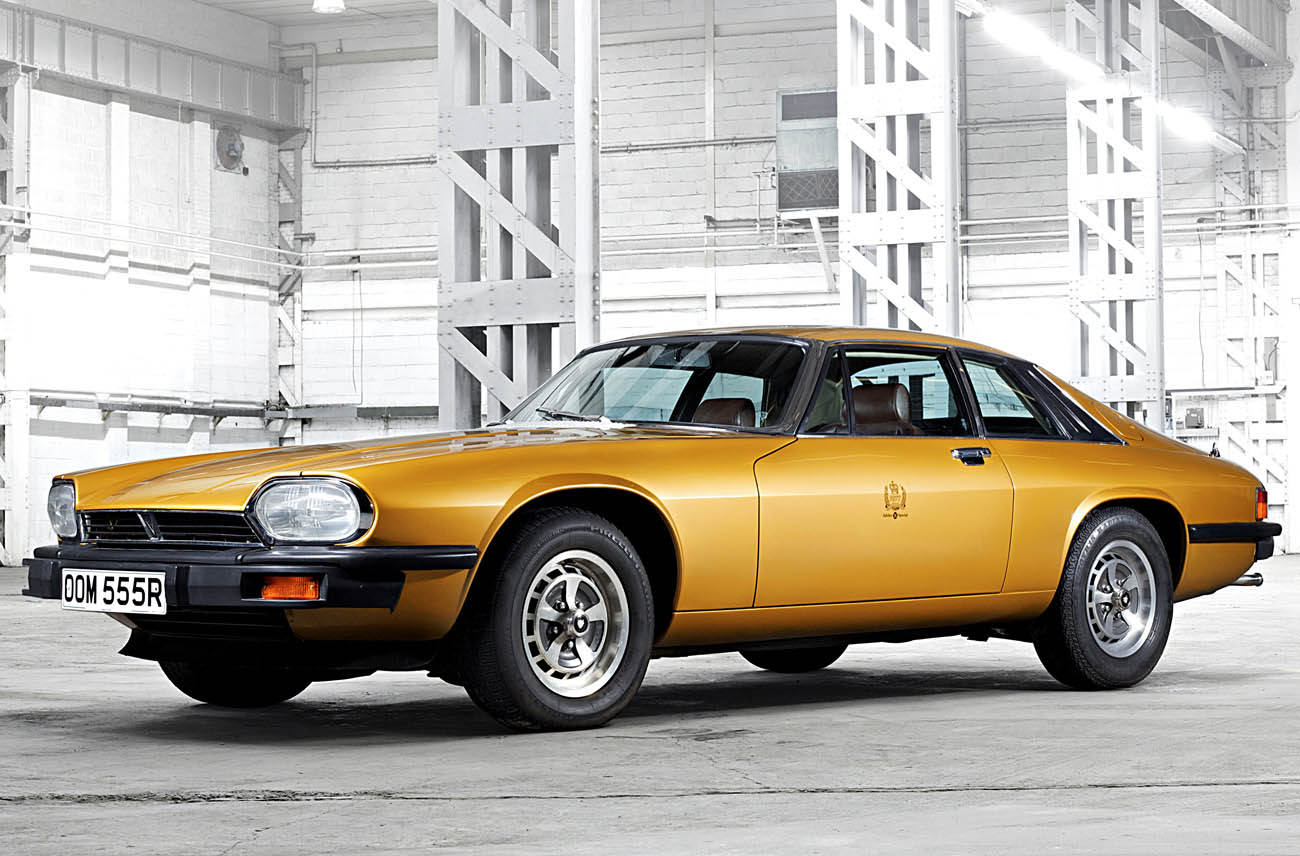
The first Jaguar XJ-S appeared in 1977 as a 1976 model. Power came from the Jaguar V-12 petrol engine with a choice of a manual or automatic transmission, but the manual was soon dropped. V-12 automobiles were unusual at the time, with notable others coming from Italian luxury sports car makers Lamborghini and Ferrari. The specifications of the Jaguar XJ-S compared well with both Italian cars; it was able to accelerate to 60 mph (97 km/h) in 7.8 seconds and reach 142 mph (229 km/h). The first series of Jaguar XJ-S cars had a Borg-Warner Model 12 transmission with a cast iron case and a bolt-on bell-housing. In 1979 GM Turbo-Hydromatic 400 transmissions were fitted. The TH400 transmission was an all aluminium alloy case with an integrated non-detachable bell-housing.
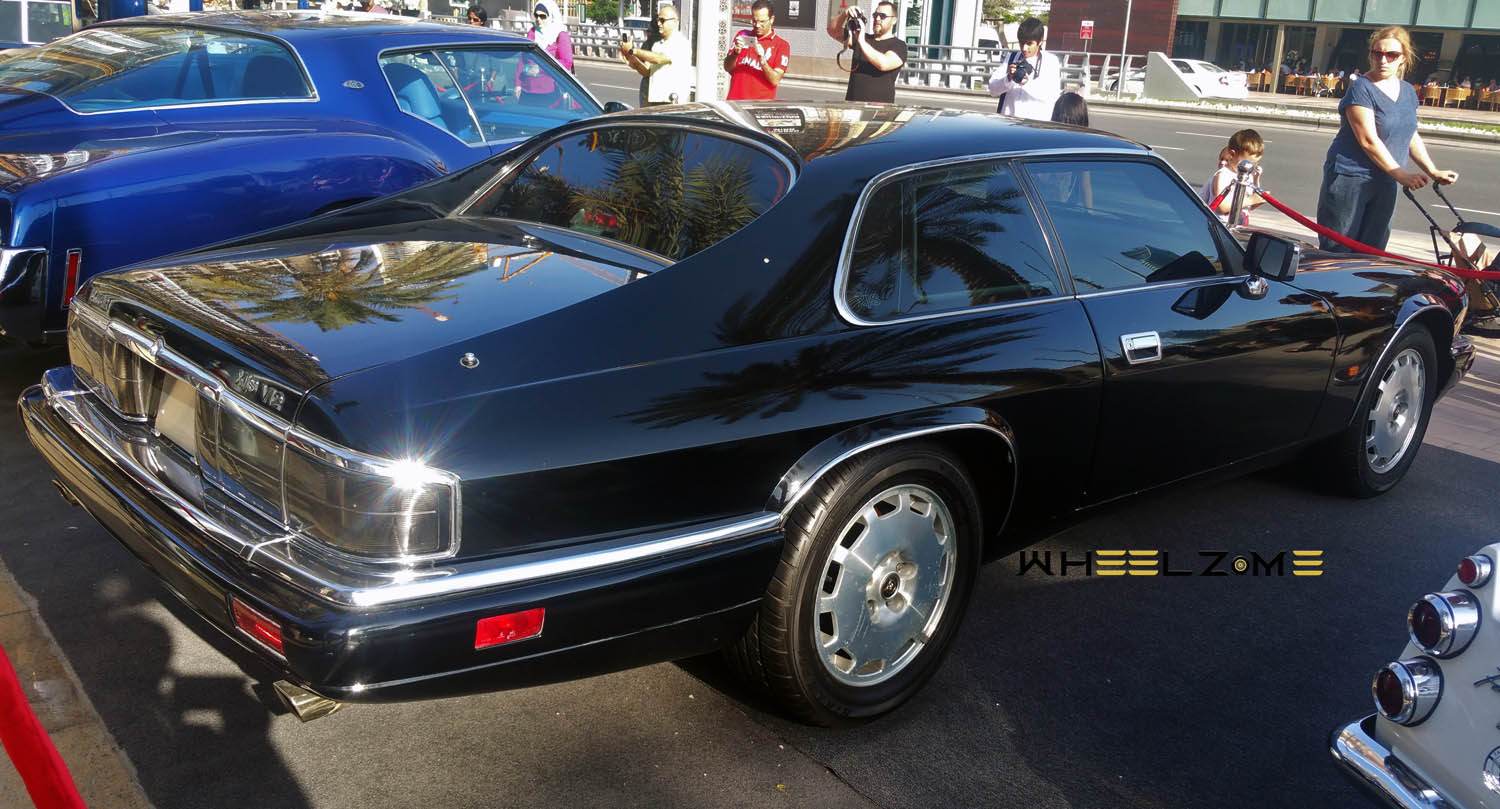
Jaguar’s timing was not good; the car was launched in the wake of a fuel crisis, and the market for a 5.3 litre V12 grand tourer was very small. The styling was also the subject of criticism, including the “flying buttresses” behind the windows. German authorities feared these would restrict rearward vision, and refused to give the model (along with a similarly adorned contemporary Lancia model) type approval: it was for a time necessary instead for German XJ-S buyers to obtain type approval for each individual car when registering it. Such fears were ill founded, since in reality the rear visibility was very reasonable, with only the frontmost top edges of the buttresses being visible, when looking rearward.
Jaguar did seize promotional opportunities with the television series The New Avengers and Return of the Saint. The New Avengers featured Mike Gambit (Gareth Hunt) who drove an Jaguar XJ-S. Return of the Saint saw Simon Templar (played by Ian Ogilvy) driving an early Jaguar XJ-S with the number plate “ST 1”. Miniature versions were made by Corgi and proved popular. A decade and a half before, Jaguar had turned down the producers of the earlier Saint series when approached about the E-type; the producers had instead used a Volvo P1800.
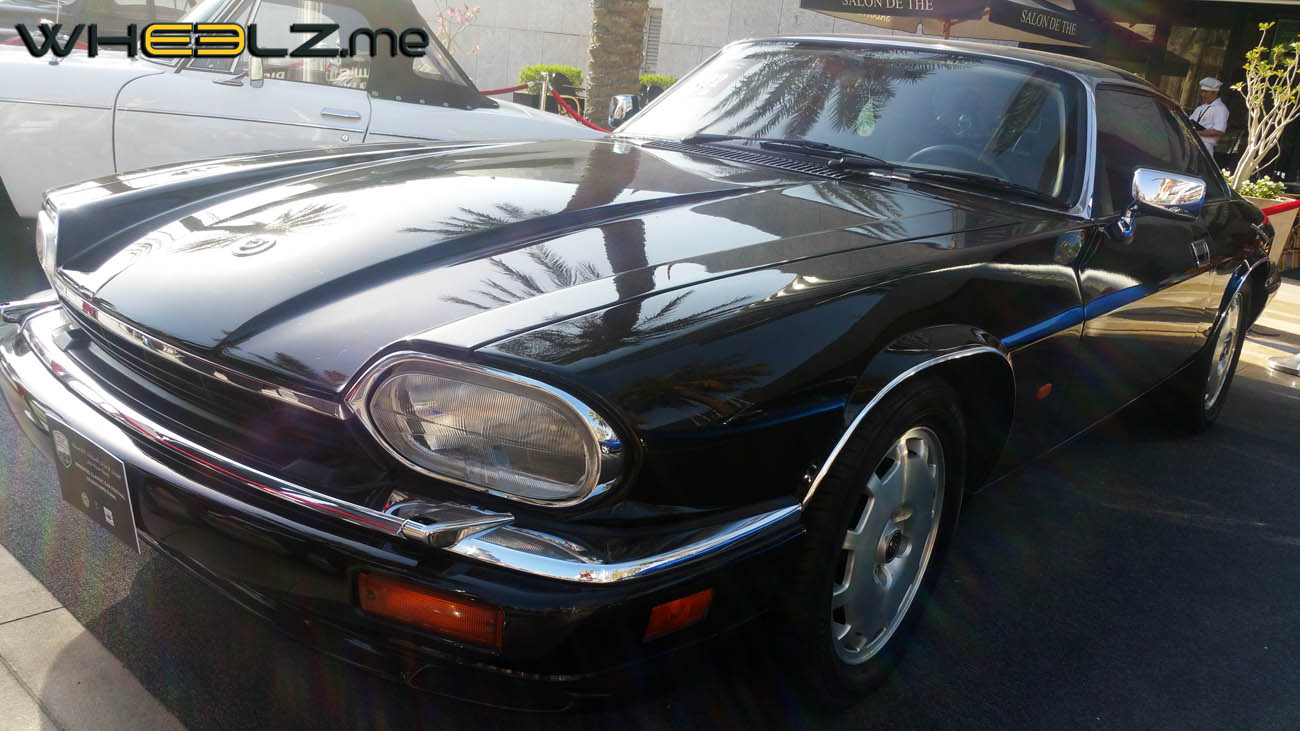
Responding to criticisms that the Jaguar XJ-S was not a worthy E-type successor, Pininfarina revealed a sporty show car in 1978 based on Jaguar XJ-S mechanicals and called Jaguar XJSpider. The car never went into production.
The car was re-engineered in 1991 and renamed Jaguar XJS. All XJSs from this time are referred to as “facelift” models. The rear side windows appeared enlarged (although the body glass aperture was actually the same size as the earlier car), and the flying buttresses stayed, as designer Geoff Lawson argued that they were part of the car’s character.
The car got a new 4 litre version of the AJ6. In 1992 a 4 litre convertible was added to the range. The V12 was upped to 6 litre in May 1993 (227 kW (304 hp)). At the same time the car benefited from a revision to the rear brakes, they were now fitted with outboard rear disc brakes, instead of the more complicated inboard items on previous models. With the introduction of the 6.0 litre V12, the transmission was also updated to a GM 4L80E with a 4th gear overdrive, whilst the automatic 4 litre models continued with the electronic ZF4HP24E transmission.
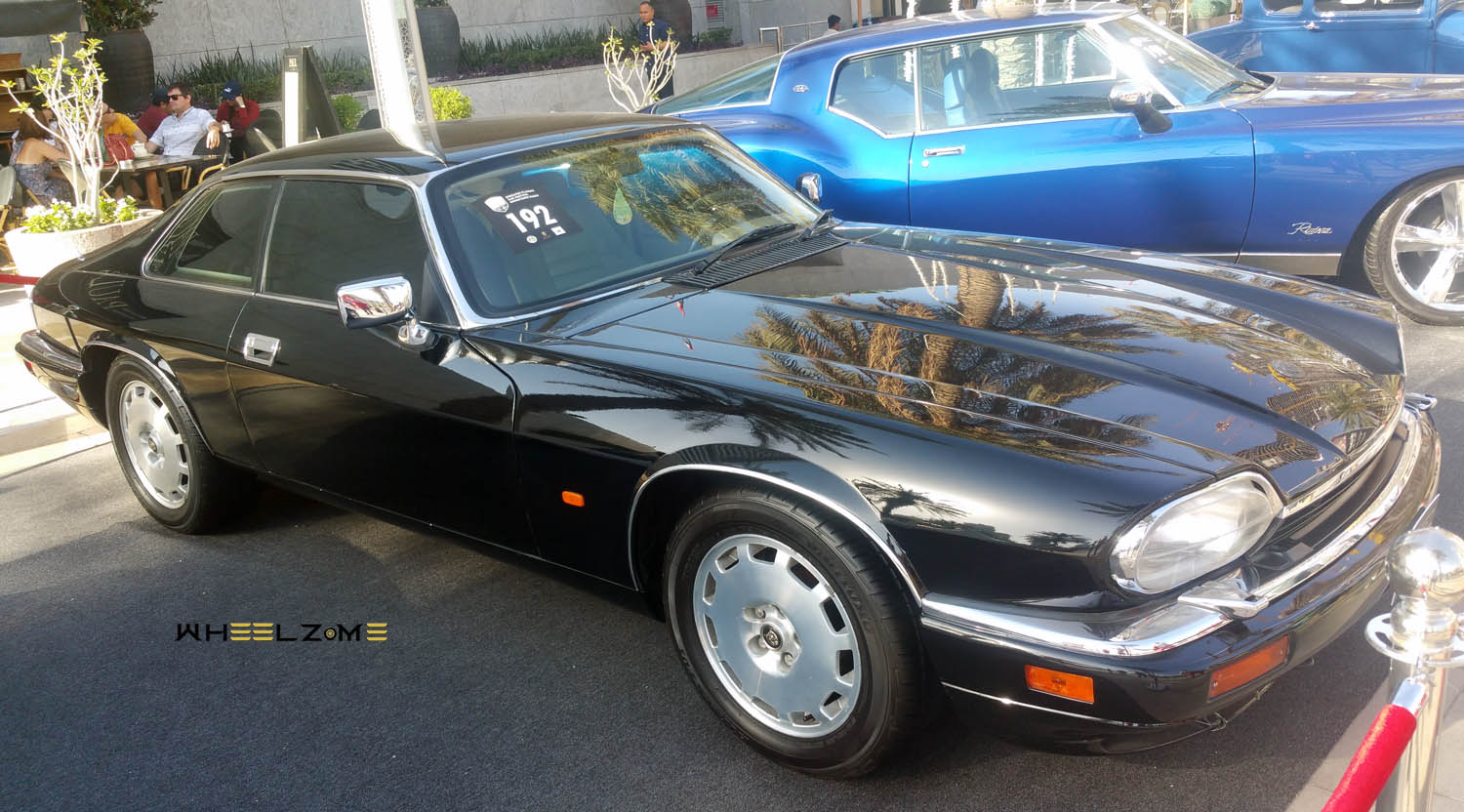
A 2+2 convertible was also introduced, as was a customised insignia line. At the same time the car received more aerodynamic front and rear bumpers. Cars from this period are oft referred to as “Big-Bumper” cars. 1992 thru 1994 were the only years the 6-cylinder with 5-speed manual transmission Jaguar XJS was exported to the United States. Exact production figures are unknown, though it is likely there are fewer than ten.
The convertible model with the V12 engine, there were only known to have 12 exported to North America. In April 1994 substantial revisions were made to the 4 litre AJ6 engine which became the 4.0 litre AJ16 with coil on plug ignition being the most noticeable change. In 1995, the final specification changes were made and the car was referred to as the Celebration model to celebrate the 60th year of the Jaguar company.
The 6 litre V12 had all but disappeared by this time and was only available during the last year of production by special order. The car was discontinued in 1996, after 21 years in production. It was replaced by the XK8.
Source: Wikipedia – GNU Free Documentation License.
